This Gado-Gado recipe is typical of Surabaya is a typical way of processing vegetable ingredients food from the eastern region of the island of Java. Gado-Gado is a dish consisting of pieces of rice cake, boiled vegetables, and also sprinkled with peanut sauce.
The difference between Gado-Gado typical of Surabaya and Betawi, Jakarta Region lies in the spices or peanut sauce. A typical Surabaya’s Gado-Gado dish uses coconut milk added to the peanut sauce. This results in a more savory Gado-Gado taste.
Meanwhile, the Betawi Gado-Gado only adds shrimp paste, tamarind water, and brown sugar to the peanut sauce.
Another difference from the typical Surabaya and Betawi Gado-Gado is in the way it is served. Serving Gado-Gado Surabaya, the peanut sauce is poured over the rice cake and the vegetables are neatly arranged on a plate. Meanwhile, the Gado Gado Betawi recipe mixes rice cake and vegetables in peanut sauce.
How to Make Rice Cake
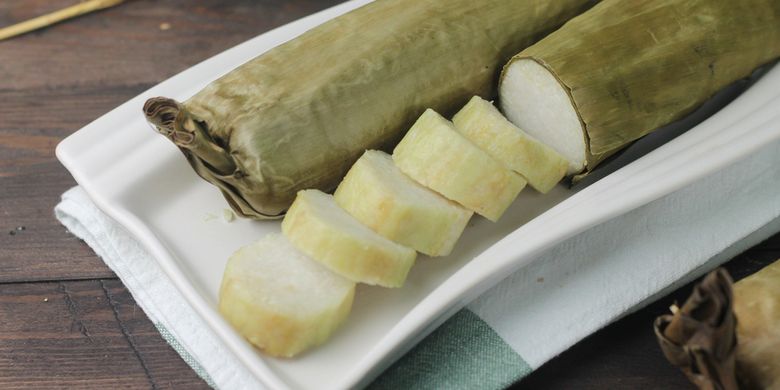
One of the complementary ingredients in the simple Gado Gado recipe typical of Surabaya is rice cake. Here is an easy way for those of you who want to make your own rice cake at home:
- Prepare the banana leaves that you have dried and wipe until they are completely clean.
- Wash the rice using running water until clean, then drain.
- Cut the banana leaves in a rectangular shape, the size is according to taste. Set aside.
- Put the rice that you have cleaned earlier in the pot, then pour enough water.
- Cook the lontong using medium heat until the water reduces.
- When the rice is in the form of aron, remove it immediately.
- Take one sheet of banana leaf that you have cut earlier.
- Put 2 to 3 tablespoons of rice bran, adjust to the size of the leaves, don’t make it too full.
- Neatly roll up the banana leaf that already contains the rice bran, pin sticks at both ends.
- Arrange the unfinished lontong in a pressure cooker or regular steamer.
- Cook about 15 minutes.
- If the rice cake is cooked, immediately lift it and drain the water.
Tips for Choosing Fresh Lettuce
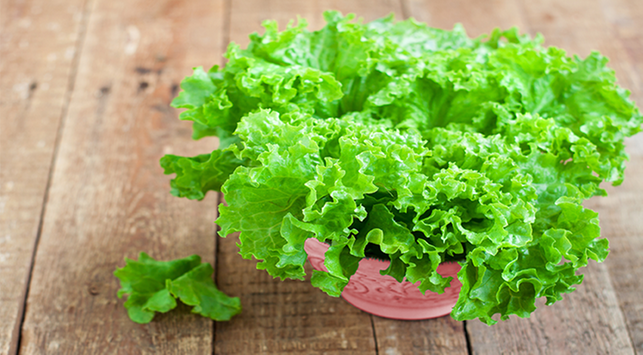
The vegetable ingredient that is never left behind in the Surabaya Gado-Gado recipe is lettuce. So that your Gado-Gado dish is delicious, you must use fresh lettuce leaves.
Check out the following 2 tips to get fresh lettuce on the market:
- Avoid lettuce that has black spots on the surface of the leaves.
- Choose lettuce whose leaves are perfectly green, without a yellowish or brownish tint.
How to Choose Good Quality Bean Sprouts
In addition to lettuce, bean sprouts are also one of the common ingredients in the Gado-Gado recipe typical of the city of Surabaya. Here are some ways you can do to get good quality bean sprouts in the market:
- Make sure you choose bean sprouts that have a natural color, not too white and a little cloudy.
- Choose bean sprouts that have a distinctive fresh aroma of bean sprouts.
- Fresh bean sprouts are generally slightly pliable in texture and not as hard and contain a lot of water when you break them.
Tips for Boiling the Right Potatoes
Another important ingredient is boiled potatoes. Check out how to boil potatoes using a pan on the stove below so that you are not losing its nutrition :
- Wash the potatoes using a special food brush and running water.
- Cut the potatoes into 4 pieces, if you want the boiling process to take place faster.
- Put enough water in a saucepan, then add about 1/2 to 1 tsp salt.
- Bring water to a boil in a saucepan until it really boils over high heat.
- After the water boils, then reduce the heat of the stove and slowly add the potatoes.
- Boil the potatoes for about 15 to 25 minutes or until they are quite soft.
- Skewer the potatoes with a fork to check for doneness.
- When the potatoes are soft and perfectly cooked, immediately remove and drain.
- Potatoes are ready for you to process into Surabaya’s typical Gado Gado ingredients, which are delicious and rich in nutrients.
Simple Gado Gado Recipe
Nutrition Facts
4 servings per container
Serving Size4 servings
- Amount Per ServingCalories1911
- % Daily Value *
- Total Fat
150.6g
231%
- Saturated Fat 60.9g 300%
- Cholesterol 41mg 14%
- Sodium 2991mg 125%
- Potassium 2848mg 82%
- Total Carbohydrate
115.1g
39%
- Dietary Fiber 11.7g 44%
- Sugars 38.2g
- Protein 41g 82%
- Calcium 24%
- Iron 56%
- Vitamin D 19%
* The % Daily Value tells you how much a nutrient in a serving of food contributes to a daily diet. 2,000 calories a day is used for general nutrition advice.

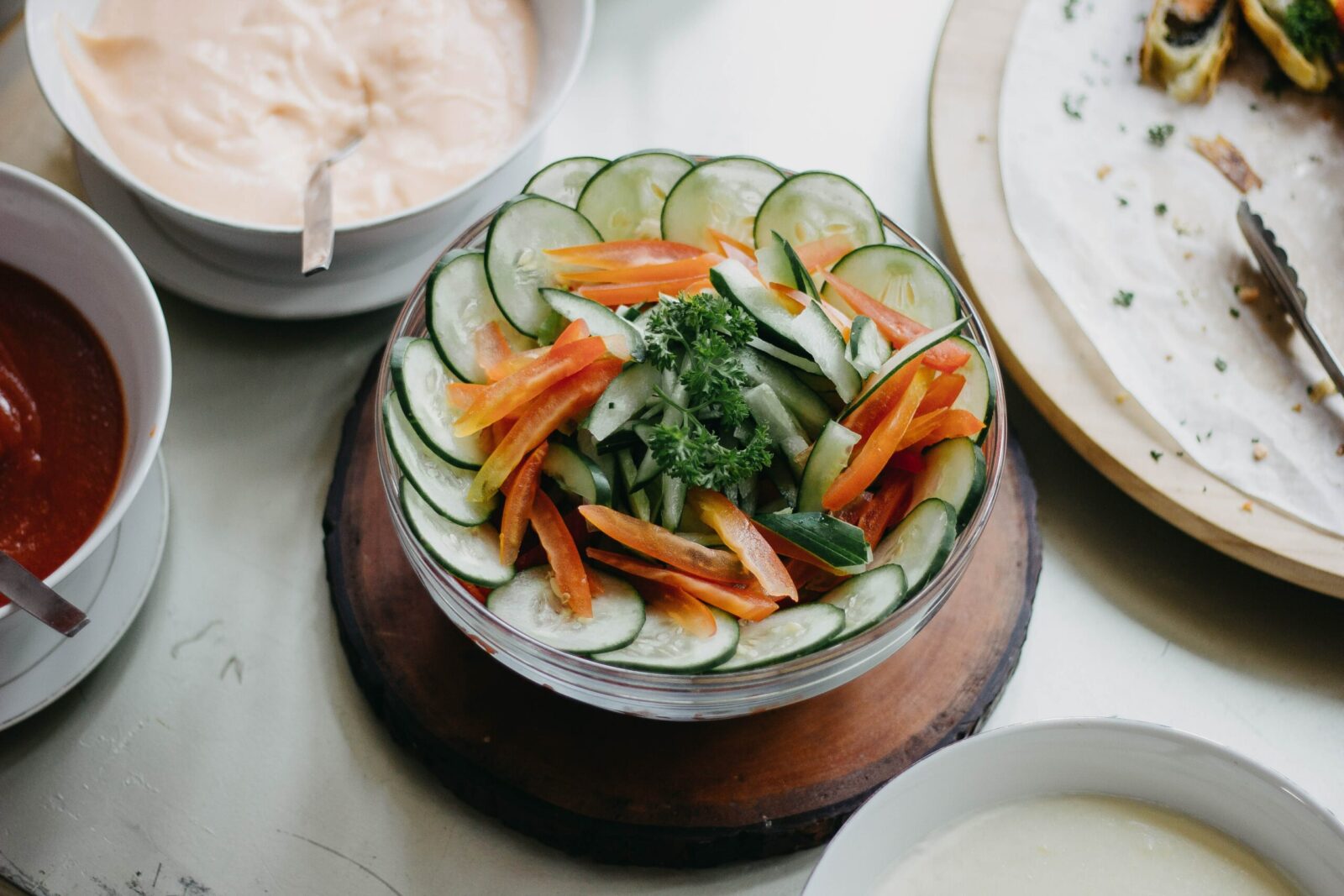
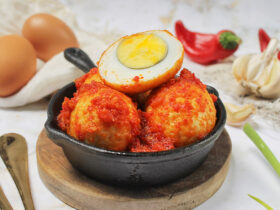

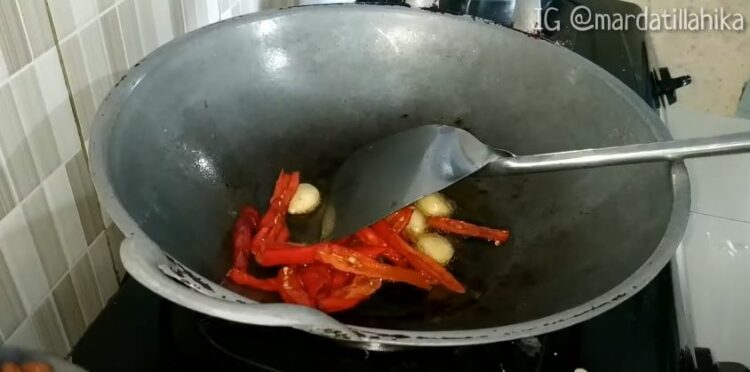
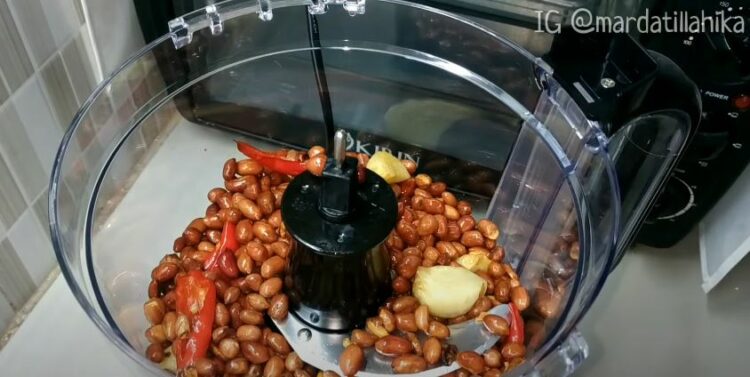

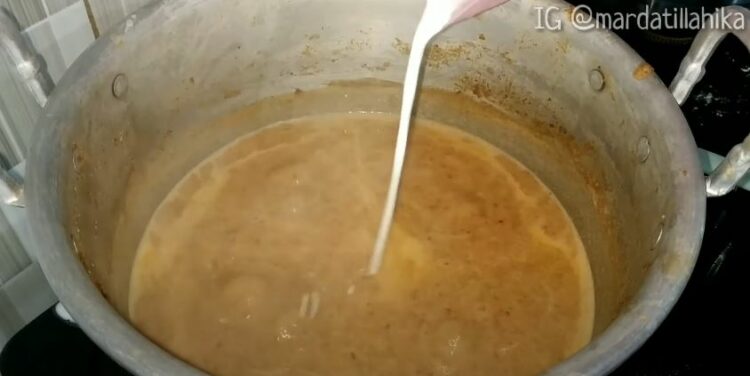
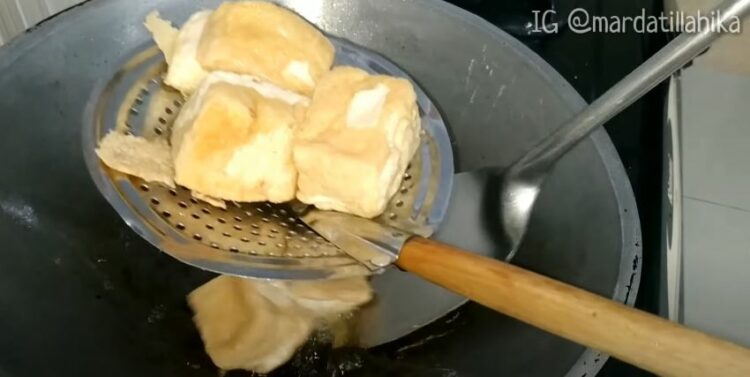
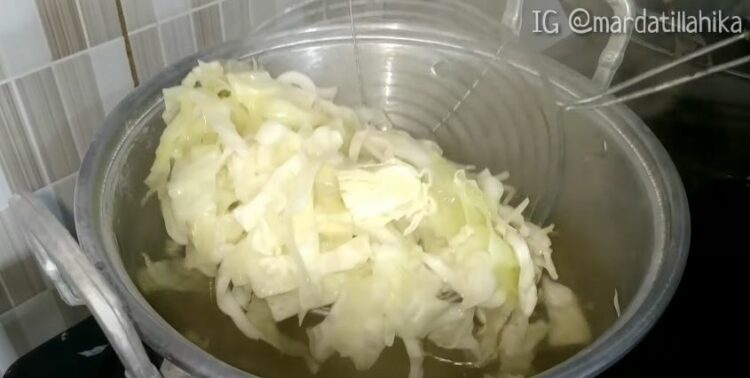
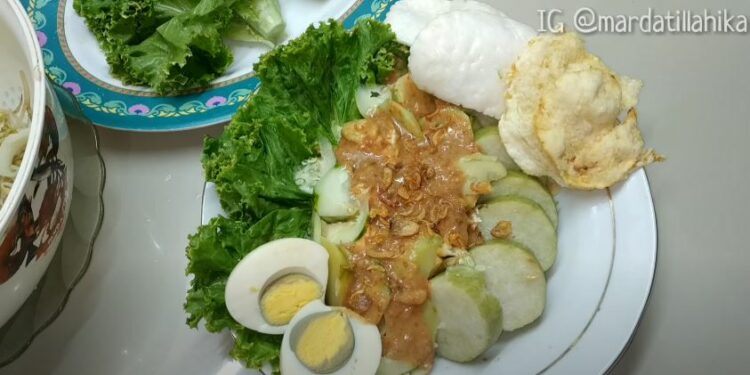
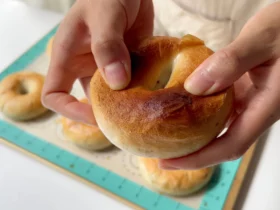
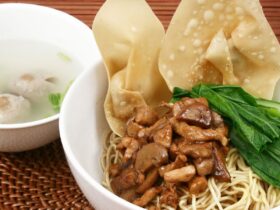
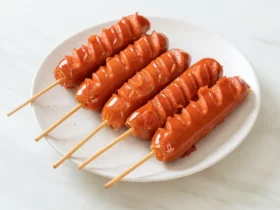
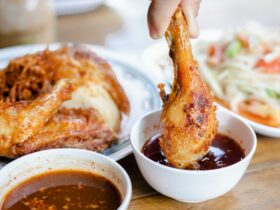
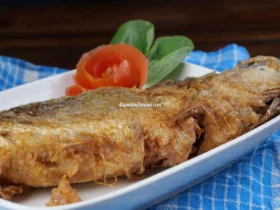
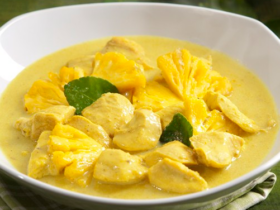
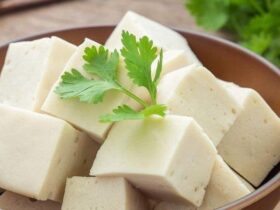
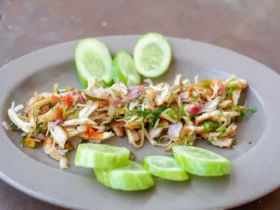
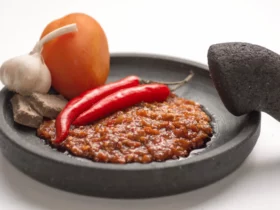
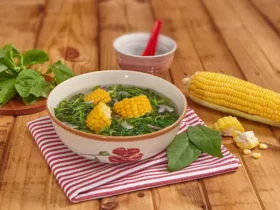
Leave a Review